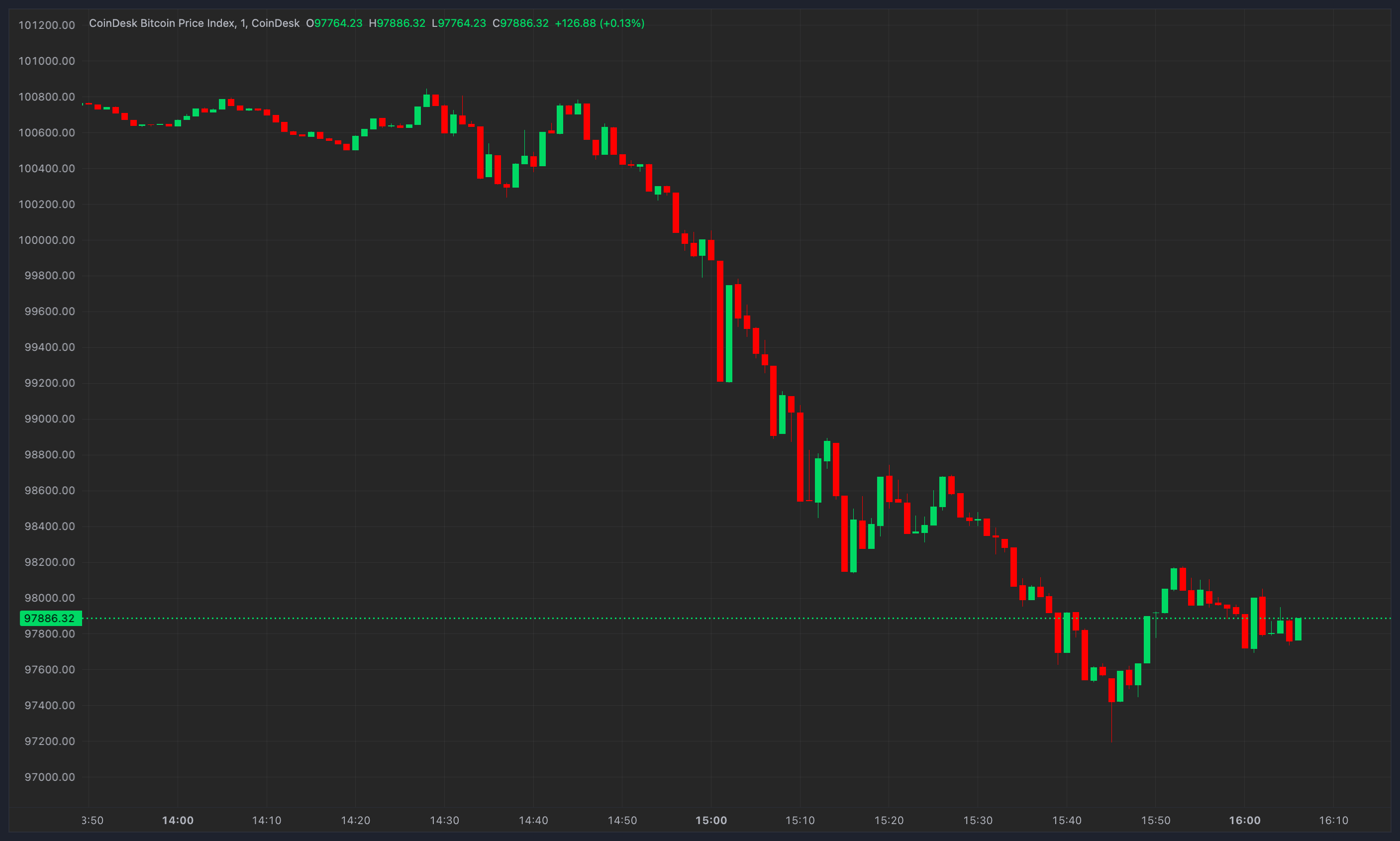Stablecoins are cryptocurrencies that peg their value to reference assets, including fiat currencies, commodities, or other cryptocurrencies.
They form an integral part of the crypto ecosystem by offering price stability in an otherwise volatile market. Cycling into and out of stablecoins, users provide liquidity and exit positions.
This cycling relationship between Bitcoin and stablecoins can provide insight into market sentiment and indicate periods of buying and selling pressure.
Data from Glassnode and analyzed by CryptoSlate shows a perfect storm of potential buying pressure building. However, macro uncertainty continues to weigh heavily.
Bitcoin: Stablecoin Supply Ratio
The Stablecoin Supply Ratio (SSR) is calculated by dividing the Bitcoin market cap by the market cap of all stablecoins. By comparing the market caps of Bitcoin and stablecoins, the SSR can be considered a measure of strength between the two.
A high SSR indicates low potential buying pressure and is considered bearish. In contrast, a low SSR means high potential buying pressure making this situation bullish.
The chart below shows the SSR on a macro downtrend since the start of 2018, moving significantly lower from July 2021 onwards and sinking further into 2022.
A current reading of 2.28 shows for every $1 in stablecoins, there are $2.28 of Bitcoin – a situation of high potential buying pressure for Bitcoin.

Stablecoin: Balance on Exchanges
Stablecoins: Balance on Exchanges (SBoE) looks at the total number of stablecoins held on exchanges. Rising SBoE is considered bullish, indicating a continual build-up of sidelined liquidity ready to pounce.
SBoE began trending higher from January this year to peak at approximately $46 billion at present.
Given macro uncertainty, it is likely that sidelined liquidity is waiting for a bottom in legacy markets before cycling into Bitcoin and other cryptocurrencies.

Stablecoin: Exchange Net Flow Volume
The Stablecoin: Exchange Net Flow Volume shows the daily net movement of stablecoins into and out of exchanges for the top four stablecoins. Those are USDT, USDC, BUSD, and DAI, but the data only includes movements via the Ethereum blockchain.
Positive net flow (green) refers to inflows of stablecoins into exchanges, increasing the supply held. Negative net flow (red) is when exchanges experience overall outflows.
The chart below shows current inflows come in at over $1 billion, marking the seventh-highest inflows to date – providing further confirmation of traders readying to pounce once favorable market conditions present.

Read More: cryptoslate.com









 Fact0rn
Fact0rn  Brett (ETH)
Brett (ETH)  ZBIT•BLUE•BITCOIN
ZBIT•BLUE•BITCOIN  U Coin
U Coin  tomiNet
tomiNet  00 Token
00 Token  Silly Dragon
Silly Dragon  BEAM
BEAM  Dogechain
Dogechain  Forward
Forward  Catana
Catana  Interest Compounding ETH Index
Interest Compounding ETH Index  Trust The Process
Trust The Process  Robonomics Network
Robonomics Network  AgriDex
AgriDex  Radiant
Radiant  Dyad
Dyad  Holdcoin
Holdcoin  Stride Staked Osmo
Stride Staked Osmo  X Community
X Community  Neroboss
Neroboss  Solanium
Solanium  Sharpe AI
Sharpe AI  Elonia Trump
Elonia Trump  Fuse
Fuse  Push Protocol
Push Protocol  PIP
PIP  Luminous
Luminous  Chain Games
Chain Games  Epik Prime
Epik Prime  Bitcoin on Base
Bitcoin on Base  MEMENTO•MORI (Runes)
MEMENTO•MORI (Runes)  Ben the Dog
Ben the Dog  ROACORE
ROACORE  FDREAM
FDREAM  Galaxia
Galaxia  Cult DAO
Cult DAO  KCC Bridged USDT (Kucoin Community Chain)
KCC Bridged USDT (Kucoin Community Chain)  TEH EPIK DUCK
TEH EPIK DUCK  BIDZ Coin
BIDZ Coin  Avarik Saga
Avarik Saga  GPU ai Rich
GPU ai Rich  LightLink
LightLink  Koi
Koi  Seal
Seal  Ispolink
Ispolink  EverValue Coin
EverValue Coin  Shark Cat
Shark Cat  Catcoin
Catcoin